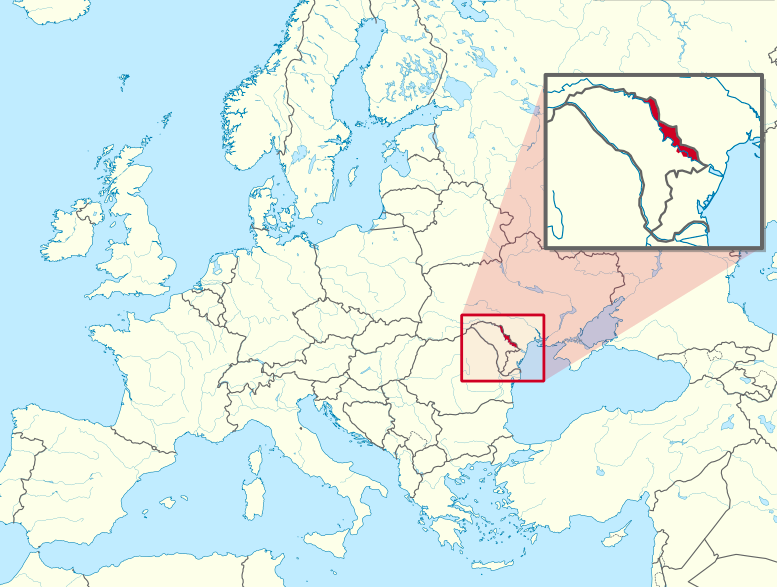Brussels – It is one of the frozen conflicts of the post-Soviet era, with an internationally unrecognized, claimed status as a territory marked by an “ethnic” mosaic, making it all the more complicated. Transnistria is now more of a puzzle than ever, and Sunday’s (Oct. 20) referendum on Moldova’s EU ambitions reignites it as never before.
Geographically, Transnistria is located in Eastern Europe, wedged between the Republic of Moldova, which claims it as its own, and Ukraine. On Sept. 2, 1990, it proclaimed itself independent from the Soviet Socialist Republic of Moldova, and on Aug. 25, 1991, from the Soviet Union as well. At that time, Transnistria, with Tiraspol as capital, became an entity in its own right, although never recognized as such by the international community. The UN countries recognize it as belonging to the Republic of Moldova. The territory has organized itself as a truly independent and sovereign state. There is a government, a constitution, passports, a central bank that prints the national currency, the Transnistrian rouble. This element alone is indicative of its ties with Russia. The banknotes in circulation are printed with the effigies of Catherine II (Czarina of Russia from 1762 to her death), Pëtr Aleksandrovič Rumjancev-Zadunajskij (field marshal of the Russian Imperial Army), and Aleksandr Vasil’evič Suvorov (Russian general, among the commanders of the Russo-Turkish War of 1768-1774 as a result of which southern Ukraine, northern Caucasus and Crimea were brought permanently under the rule of the Russian Empire).

The ties with Russia are still very strong, and the old symbols of the Soviet era are still clearly visible in the country. Also, next to the national flag with red-green-red horizontal stripes, a reproduction of the Russian tricolour is added, identical in polychromy (white-blue-red horizontal stripes) but different in size—a way to show the desire to remain close to the Russian Federation and mark the distance from the Republic of Moldova.
However, the non-recognition of independent and sovereign status raises a legal issue: most Transnistrian citizens also hold Moldovan, Russian, or Ukrainian citizenship. These Moldovan citizens are one reason why the government in Chisinau insists on reuniting Transnistria with Moldova.
From a social point of view, the main community in the area is Russian (34 per cent), followed by Moldovan (33 per cent) and Ukrainian (26.7 per cent). These groups are joined by the Bulgarian minority (2.8 per cent).
The Russian war in Ukraine has reshaped the situation. Kyiv does not recognize Transnistria, but due to the many Ukrainians in the territory, it has woven economic and trade relations. Not without tensions. Kyiv has made it a condition for the exchange of goods that everything sold in Ukraine must have Moldovan certifications, irritating the Kremlin, which sees Ukraine’s moves as a way to increase pressure and push Transnistria toward an overly European model.
After Moscow’s military operations began, Ukrainian authorities radically changed their attitude toward Transnistria, which was seen as a “friend of the enemy” and treated as such. In March 2022, Ukraine knocked down a railway bridge with accusations of using it to facilitate the movement of Russian troops in an anti-Ukrainian key—this is how Transnistria finds itself at the centre of the Russian-Ukrainian war.
The territory risks being squeezed between Moldovan unionist cravings and Ukrainian resentments, with Russia hardly willing to give up its “protectorate” in a part of the world that seems to be escaping its interests and influence.
Control of the territory is a source of friction between Russia and NATO, with the latter, through a resolution, giving notice to Moscow back in 2008 to withdraw the troops. However, it is becoming increasingly strategic for Putin to maintain a zone of presence and influence. Moldova’s referendum to join the EU drags with it the issue of Transnistria.
English version by the Translation Service of Withub





